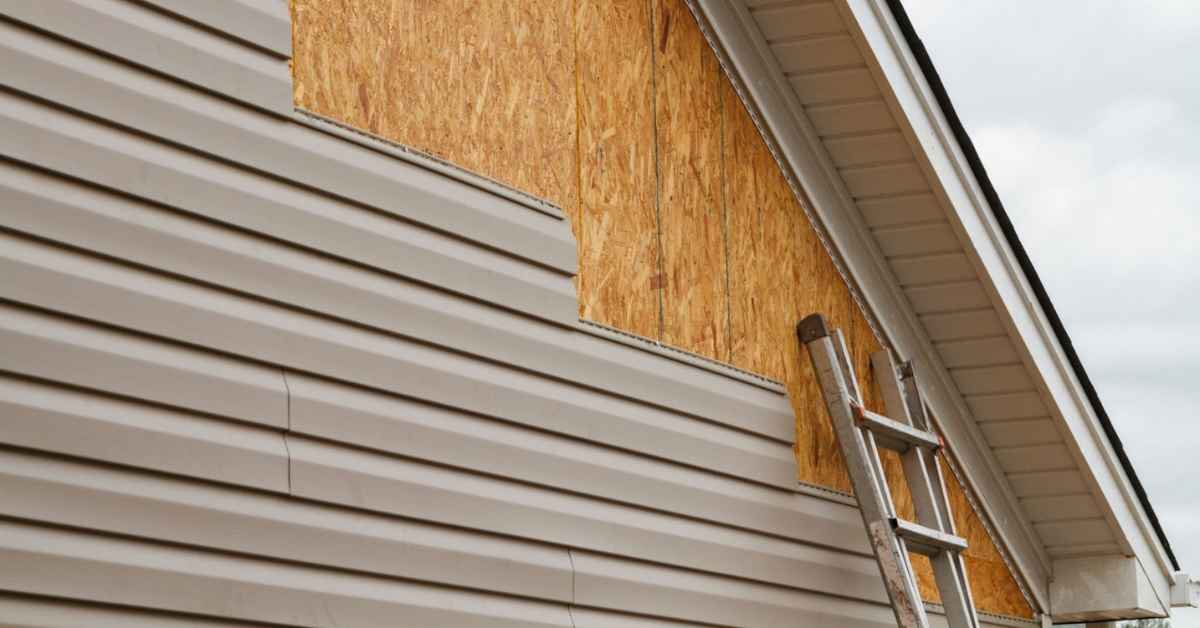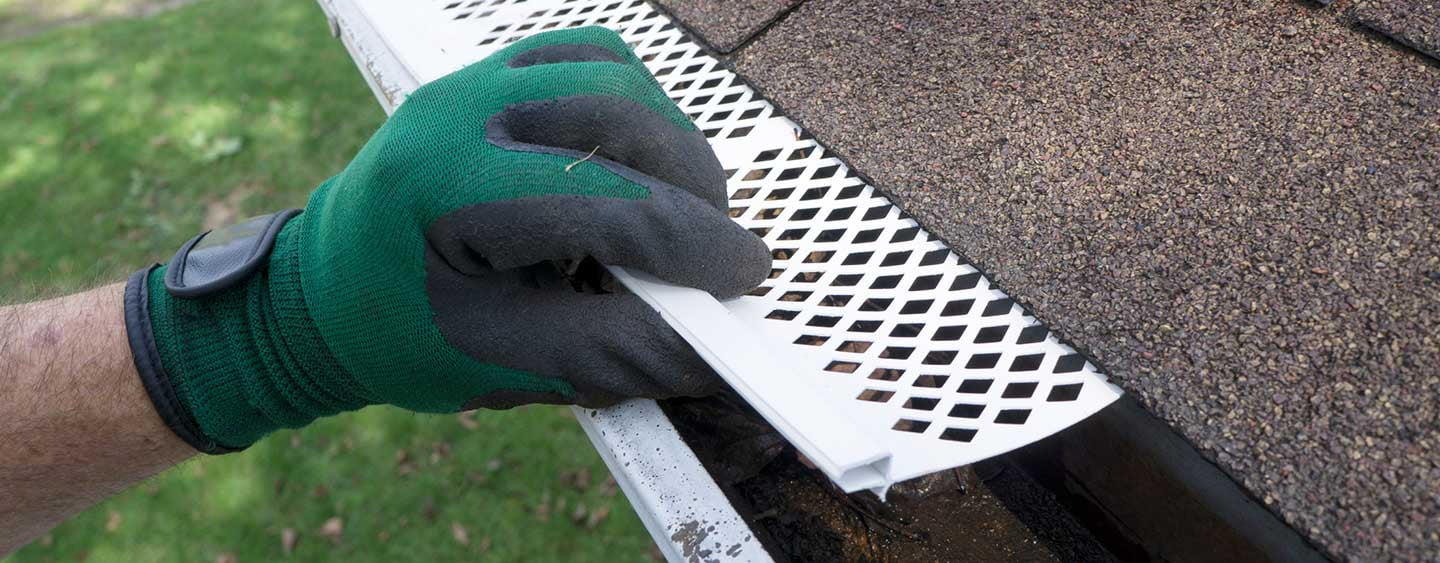
Siding is an essential part of building a home because it protects the outside of the house and increases the aesthetic appeal. Aluminum and vinyl roofing have been popular for a long time, but it's crucial to look into other options that offer different benefits and suit different tastes. In this blog, we'll explore an overview of aluminum and vinyl siding alternatives to aluminum and vinyl siding that can give you a lot of choices for the outside of your home. Whether you want eco-friendly options, increased longevity, or a distinct appearance, there are a various of modern exterior siding options to help you make an informed decision.
Traditional Aluminum Siding
Aluminum siding has long been a top choice for home exteriors. It's durable, lightweight and cost-effective - not to mention fireproof! Aluminum can even help homeowners in brush fire zones receive discounts from their insurance providers. Today, vinyl has become the go-to material, and energy efficiency is one of its best advantages, helping increase home resale values.
However, traditional aluminum has its own set of issues that encourage some homeowners to explore alternatives. One major drawback of aluminum siding is that it can easily dent and scratch, even an accidental collision with tree branches that may leave visible marks that are difficult to repair. Over time, the metal may also become brittle, which compromises the structural integrity of the exterior surfaces of homes.
Aluminum does absorb heat, leading to higher energy costs due to summer heat escaping through its surface and forcing your air conditioner to work overtime. If choosing aluminum panels as your material of choice, make sure they can withstand high winds and other natural elements, thicker panels may help.
Vinyl Siding
Vinyl siding is a low-cost plastic material that looks like wood and provides homeowners with a variety of colour and style options at a low cost. Installation is simple, and its longevity should outlast even the most harsh temperature conditions. Vinyl does, however, require regular cleaning with mild detergents and garden hoses. Although it requires regular cleaning, it is relatively low maintenance, unlike other siding materials. Vinyl does not require painting, staining, or sealing. It's resistant to decay, flaking, and insect damage, so you'll save time and money on upkeep.
On the other hand, vinyl has downsides that might reduce its usefulness over time, such as looking cheap or dirty and becoming brittle with prolonged sun exposure. Furthermore, it does not insulate effectively. This problem can be solved by putting an insulating house wrap and adding additional insulation to wall cavities before applying vinyl siding panels.
At extremely cold temperatures, vinyl can shrink and become brittle, increasing the possibility of breaking or splitting. These temperature-related issues may reduce the overall longevity and beauty of vinyl siding. As a result, before considering vinyl siding as an alternative to stucco or other materials, evaluate your local climate.
However, modern vinyl has substantially improved over time, which means it will fade or discolour slowly, and many manufacturers provide appealing warranties to protect it. Regardless of the type of siding you choose, proper installation is critical to its long-term success. Improper nail driving may cause warping, moisture problems, or other troubles that severely shorten its life cycle.
6 Best Aluminum and Vinyl Siding Alternatives
There are plenty of aluminum and cheap siding alternatives, but there are a few of the best house siding options for your home’s exterior. Here are the most popular options to consider:
- Fiberglass
- Fiber Cement
- Stucco Siding
- Stone Veneer Siding
- Engineered Wood Siding
- Wood Clapboard Siding
Fiberglass
Fiberglass is an affordable choice to aluminum that is just as strong and durable and doesn't rust or break down in harsh climates. Pultrusion methods (a type of manufacturing process) make it possible to quickly make complex shapes for siding panels with better insulation for high winds. This material is also used to make these fiberglass structural shapes, which have great weather protection. Fiberglass siding, in particular, has better insulation, which makes it a good choice for places with strong winds.
Fiber Cement
Fiber cement siding has quickly gained in popularity due to its affordability and superior durability, withstanding extreme temperatures while remaining resistant to outdoor elements such as termites, mold, mildew, and other rots. With numerous styles and colours available, it was made to mimic wood, stone, or brick construction. It typically looks like shingles, panels, or boards in varying textures.
Stucco Siding
Straw, sand, and cement are used to make stucco, which is an old way of plastering that has recently become evident in the US. Stucco has many benefits, such as being an insulator and a natural fire barrier. It can also be tinted to reduce the need to paint and add an elegant touch to any home while increasing its value. One of the best benefits about cement is how durable it is. It can handle a wide range of weather conditions and won't crack or fade over time. Compared to other types of flooring, stucco is easy to take care of.
Stone Veneer Siding
Stone veneer siding replicates the appearance of natural stone. It is lighter and more cost-effective compared to real stone. Although it’s not a real stone, the price can still be costly for homeowners, but the benefit of the investment increases the value of the home and its curb appeal. Stone veneer siding is available in various styles, such as stacked stone or river rock, and provides a high-end and luxurious look to your home.
Engineered Wood Siding
Engineered wood siding is made up of fibres of wood, resins, and binders. It resembles natural wood but is more durable and insect- and moisture-resistant. Due to its grain patterns, you can tell it's not real wood. However, it is more natural than vinyl. Numerous types of engineered wood siding include lap, panel, and shake.
Wood Clapboard Siding
Wood clapboard siding offers a natural and traditional aesthetic. It is available in various wood species, such as cedar, pine, and redwood. While it requires more maintenance than other alternatives, proper care can help it last for many years.
Conclusion
Many options are available when looking into siding alternatives to aluminum and vinyl that can meet your preferences and needs. Stucco, stone veneer, engineered wood siding, wood clapboard, and fiber cement siding are all excellent options. These alternatives provide several advantages, including robustness, visual appeal, and little maintenance needs. Selecting a reputable and competent contractor is essential if you're thinking of installing siding on your house to ensure a high-quality job. Custom Contracting is one of the best service provider known for its proficiency in siding projects.
Set up a consultation with Custom Contracting today to provide you with expert siding installation services.
Call us at 289-212-6569 or fill out our convenient online form to find out how we can help you.
FAQ
What is the best alternative to vinyl siding?
Fiber cement siding is considered one of the best alternatives to vinyl siding due to its durability, low maintenance, and aesthetic appeal.
What is the best replacement for aluminum siding?
Fiber cement siding is a popular alternative to aluminum siding. It has similar properties as aluminum, such as durability and low maintenance, but it has a broader range of design alternatives.
What is the cheapest alternative to vinyl siding?
Vinyl siding is frequently regarded as the most cost-effective siding alternative. If cost is a concern, engineered wood siding is a less expensive option that provides adequate durability and aesthetic appeal.
Which is better, vinyl siding or aluminum siding?
Several aspects, including longevity, maintenance, and aesthetic choices, influence the decision between vinyl siding and aluminum siding. Vinyl siding is low-maintenance and comes in a variety of colours, whilst aluminum siding is more durable but requires occasional repainting.





